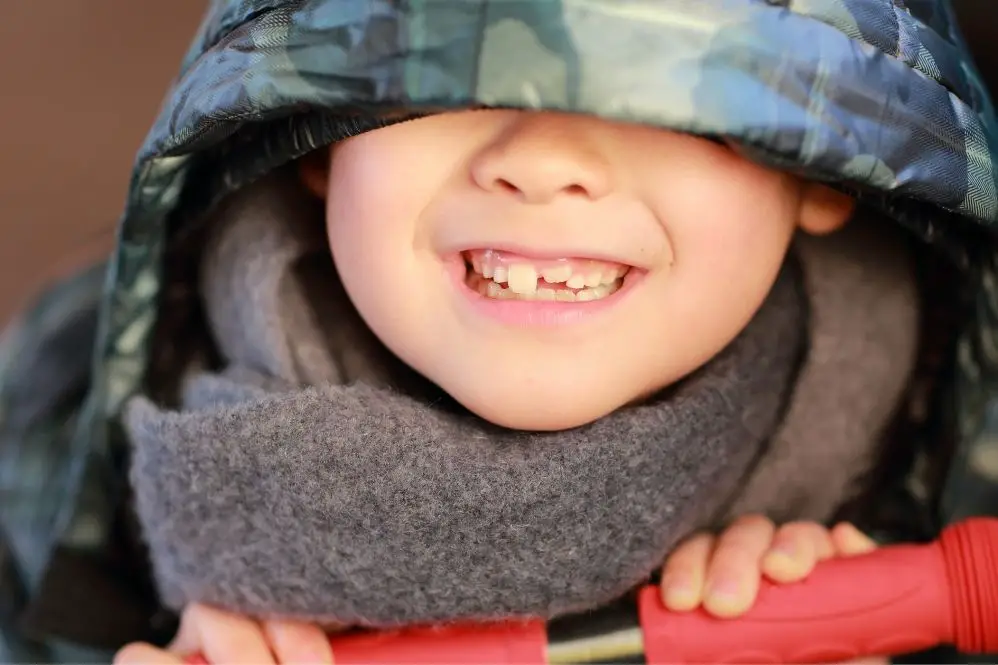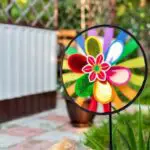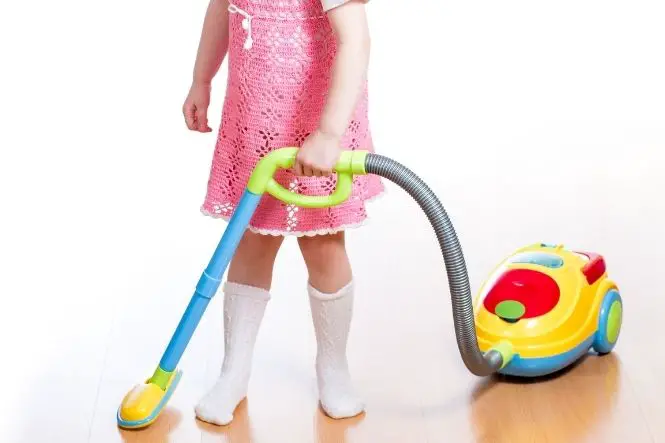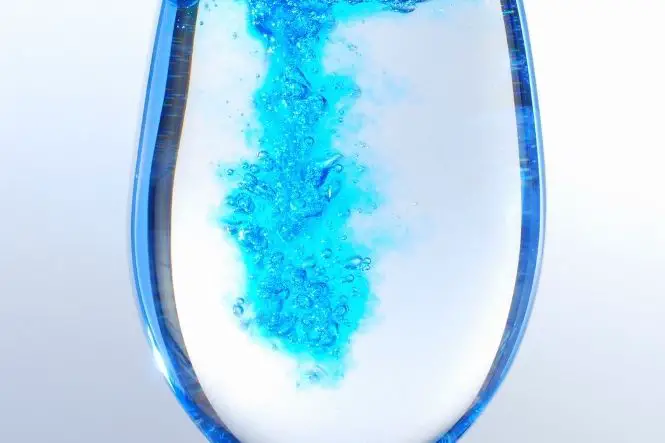Heat travels through solids by conduction (see also ‘Detecting Fake Silver: Conductivity of Metal’). Insulation can keep things warm and keep things cool by reducing heat transfer through conduction. Insulation can also help reduce heat loss through convection (the way heat travels through liquids and gases) and radiation (the way heat travels through empty spaces).
Table of Contents
Conductors and Insulators
Heat travels solids by conduction. The heat energy makes the molecules in the solid vibrate. This vibration, the heat energy, is passed along to the next-door molecules, which then pass it along, until the heat spreads through the whole object. Some substances, like metal, are good conductors, and feel cold to the touch, and some are good insulators, such as wood and plastic, and feel warmer to the touch.
Keeping Warm: Conduction
Put a metal spoon in a mug and pour hot water into the bottom of the mug. See how long it takes for the heat to conduct through the handle. Try it with a wooden spoon.
Heat travels through a radiator or through cooking pans by conduction (see also ‘Detecting Fake Silver: Conductivity of Metal’).
Keeping Cool: Insulation
Insulation protects people from burning – oven gloves protect hands from heat conducted through metal baking trays, and wooden and plastic handles protect from the heat from pans and cooking utensils.
Insulation keeps food cool in fridges and freezers, or in cool boxes and cool bags on picnics, or on the trip home from the shops.
Put two plastic dishes of water in the freezer. Once they have frozen solid, put one in a cool box or cool bag and leave the other one at room temperature for a few hours. Take the ice out – what is the difference?
Keeping Warm: Insulation
Fill a tray with damp sand and put it in the freezer until it is frozen. Take it out and put a piece of polystyrene or a couple of layers of knitted wool (a hat or gloves) on the frozen sand. Fill two containers with water, put one straight onto the frozen sand and put the other on to the polystyrene or wool. Leave for half an hour and take the temperature of the water in the two containers. Which is cooler? Insulation in the form of socks and shoes protects feet from the cold of the ground.
Fill three similar plastic bottles with warm water and take the temperature. Screw the lids on, leave one at room temperature, and put one in a lidded cardboard box on its own, and put the third in a lidded cardboard box surrounded by torn up newspaper or paper from a shredder. Leave for a few hours and take the temperature again – which is warmer? Try with different kinds of insulation – wool, straw, dry hay, cotton wool, sand, feathers or towels.
This technique is used in a form of low energy cooking called ‘hay box cooking’. Find a cardboard box with a lid that is big enough to take a small lidded pan. Put some water, stock and some chopped up vegetables (for example, carrots, potatoes, turnip, peppers, peas) in a pan with a tight fitting lid and carefully bring it to the boil. Check the temperature and then put the pan in the box and surround it with lots and lots of insulation material (whatever worked the best in the previous experiment, underneath and on top as well. Close the lid of the box and leave it for about eight hours.
Take the pan out carefully (it will still be hot) and take the temperature. What is it? Are the vegetables cooked?






